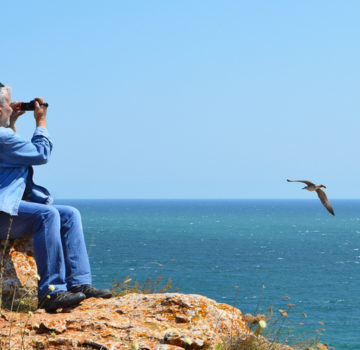The cliff dwellings of Mesa Verde were discovered on a snowy December day in 1888, when ranchers Richard Wetherill and Charlie Mason searched Mesa Verde Canyon for stray cattle, unexpectedly stumbling upon – of all things – Cliff Palace. Over the course of the following year, the ranchers returned to discover an additional 182 cliff dwellings. 18 years later, in 1906, Mesa Verde became the first national park established exclusively for the preservation of archeological artifacts.
From earliest times, the Ancestral Puebloans found this part of the 7,000-foot Colorado Plateau to their liking, with its forested canyons and green tableland providing habitat for abundant game, timber for beams, and security from other Indian invaders. Mesa Verde was inhabited for more than 700 years (550 A.D. to 1300 A.D.), living primarily on the mesa tops for the first six centuries and living in the constructed cliff dwellings for which the park is well-known over the course of the seventh century.
Mesa Verde beautifully preserves and interprets ancient Ancestral Puebloan culture that covers the full spectrum of development, from primitive pithouses to exquisite cliff dwellings adorning the canyon walls. Ninety percent of the park’s cliff dwellings contain ten rooms or less, and 30 percent have only one or two rooms. This puts into perspective some of the more famous cliff dwellings that you’re sure to visit—Cliff Palace and Long House – each with 150 rooms, Spruce Tree House with 130 rooms, and Balcony House with 40 rooms.
The combination of twisting canyons, scenic views, and outstanding archeological remains make Mesa Verde a truly remarkable place.
















